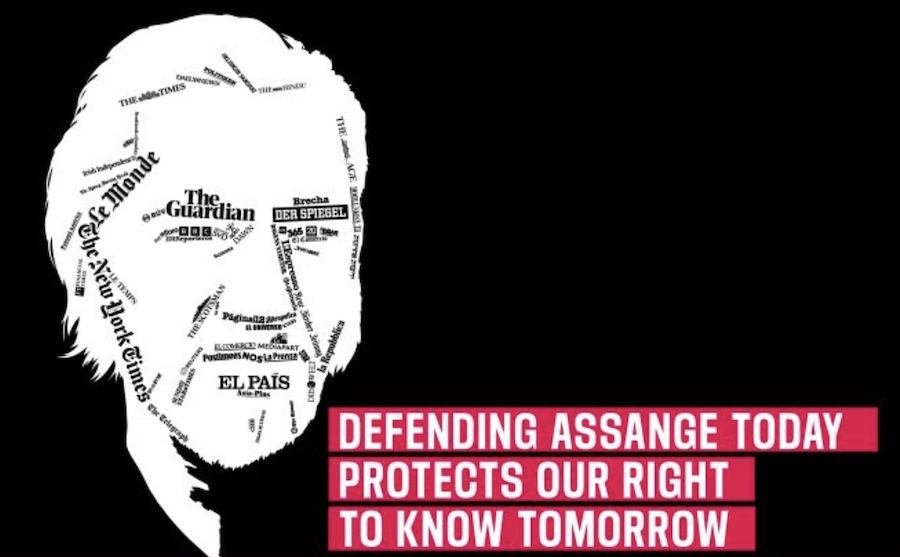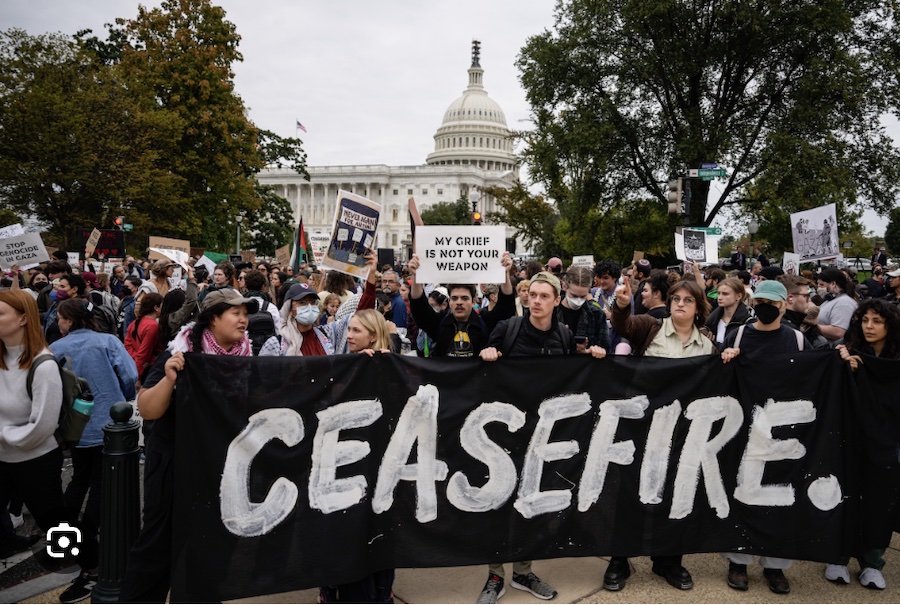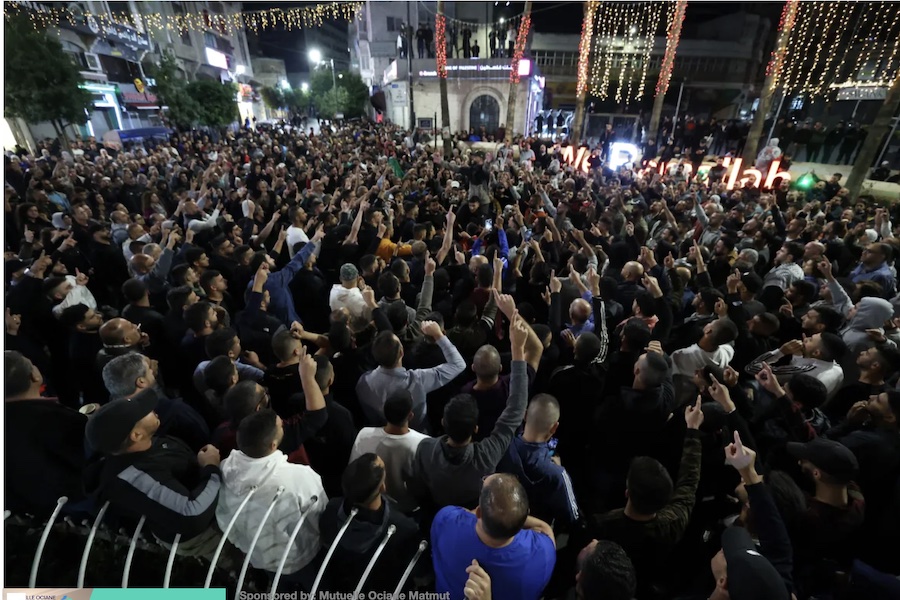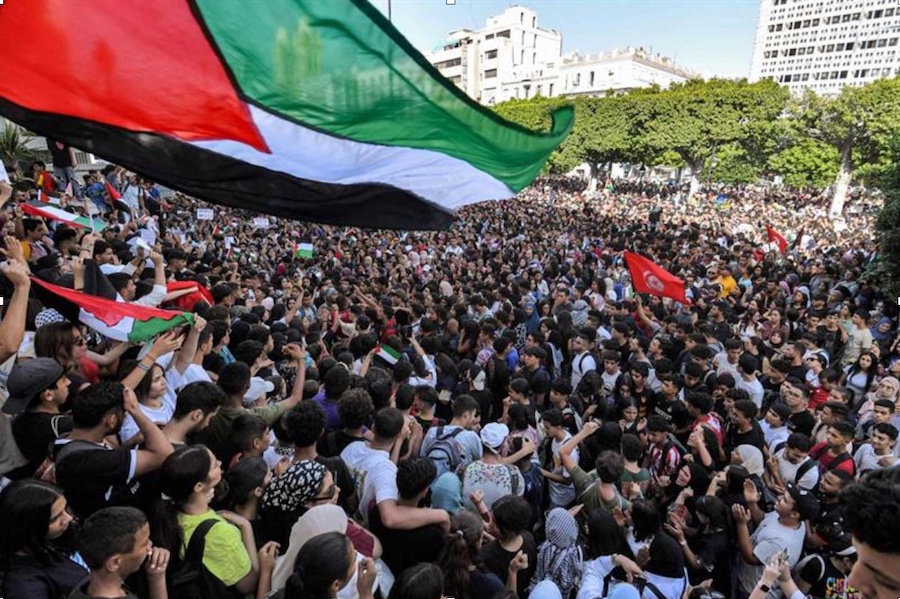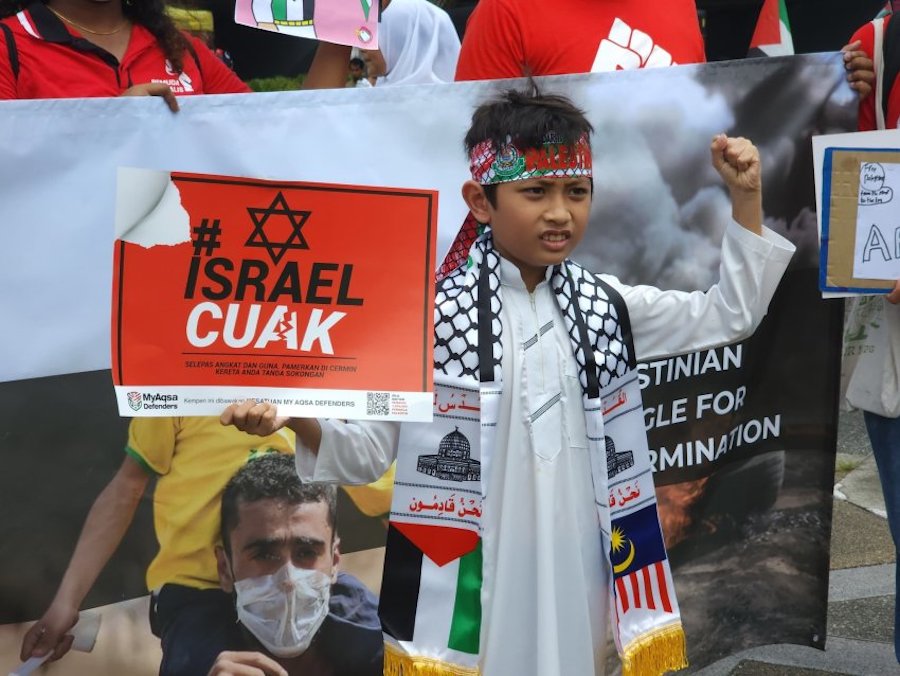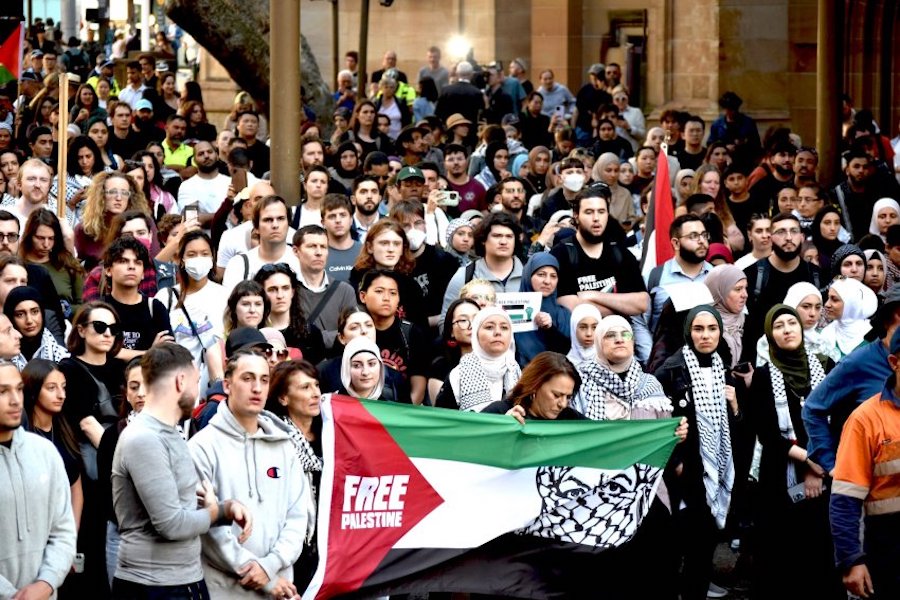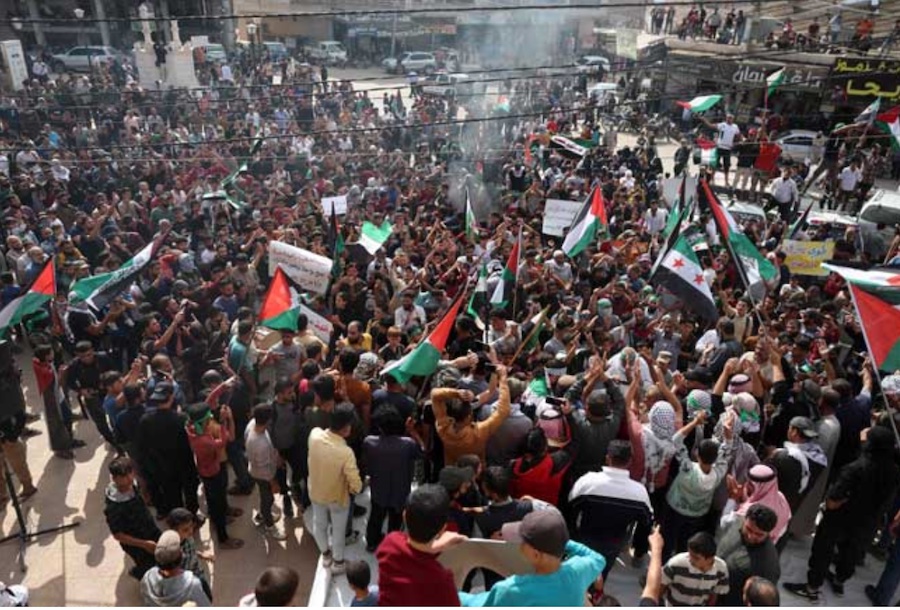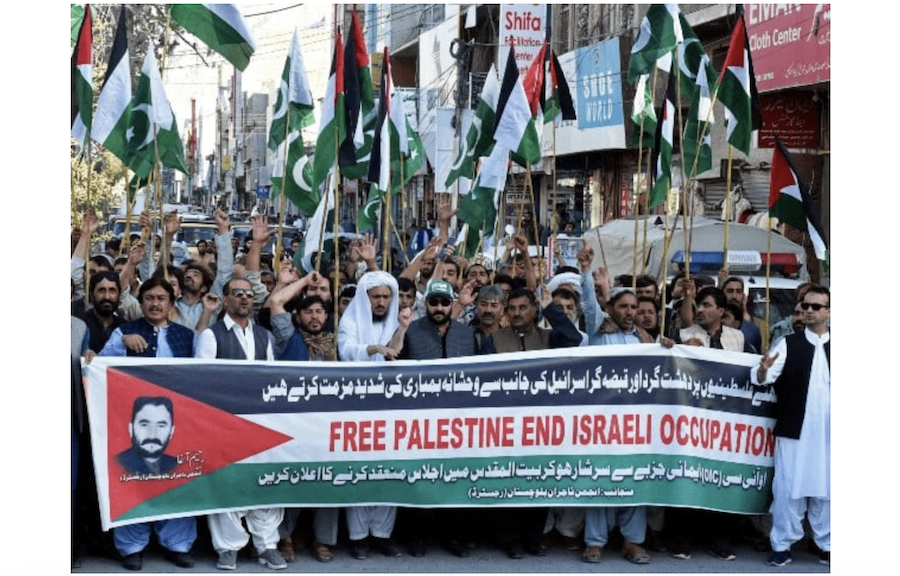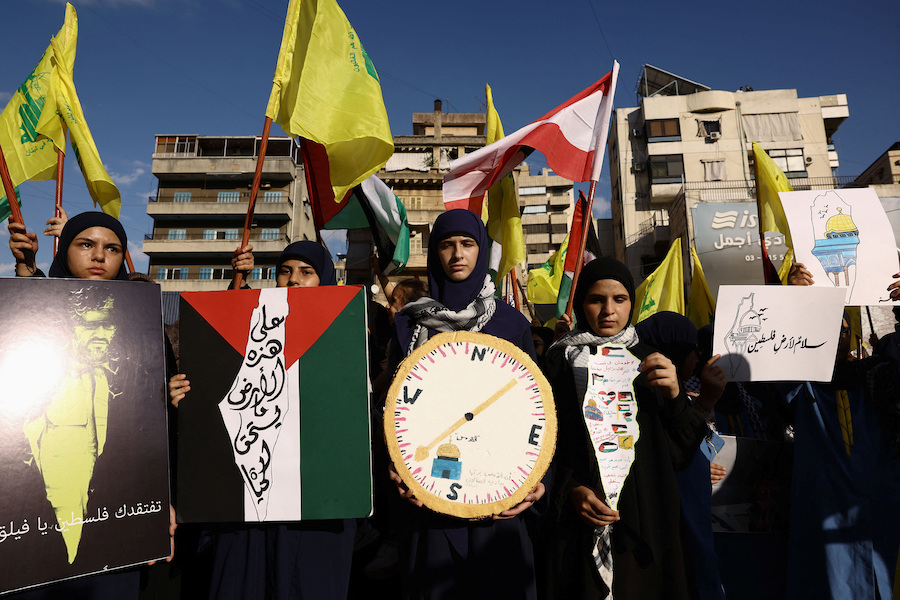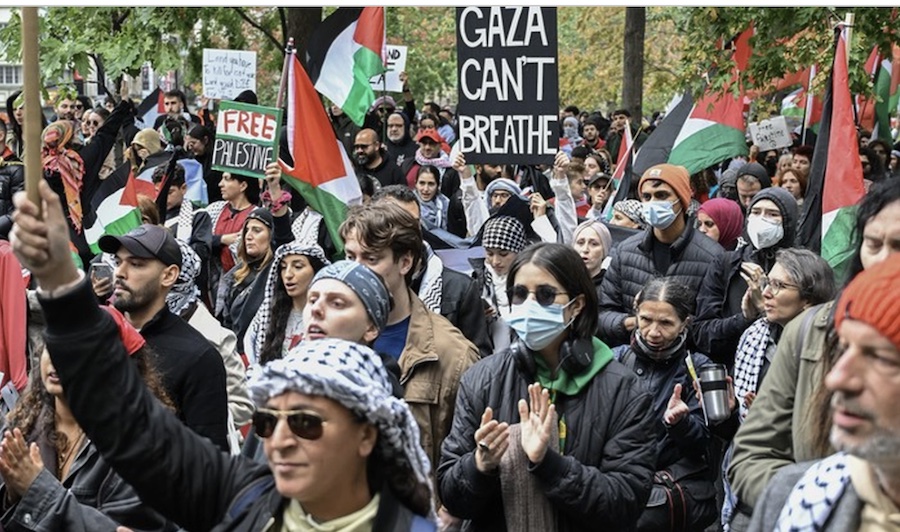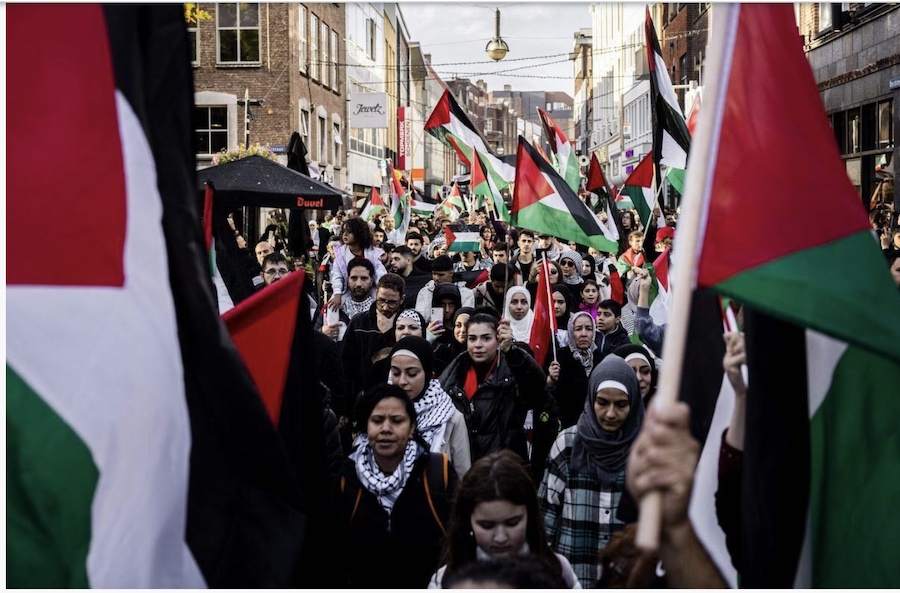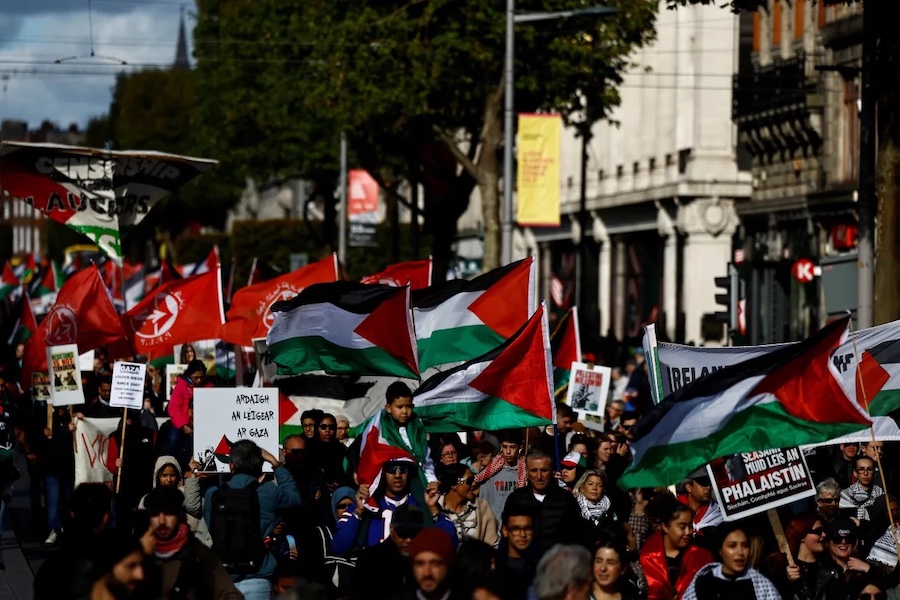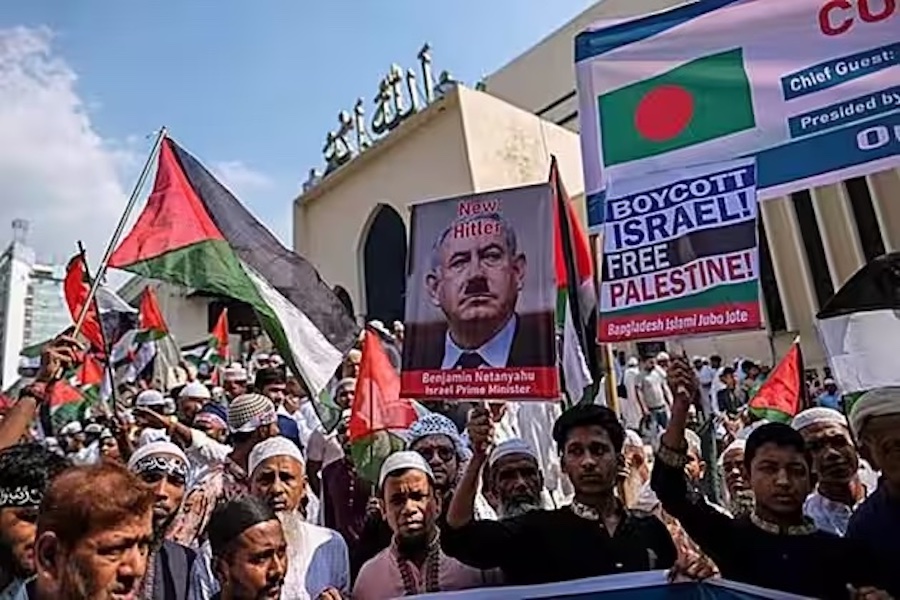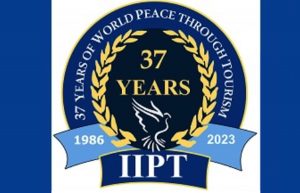DISARMAMENT & SECURITY .
An article by Robert Dodge from Common Dreams (reprinted according to provisions of Creative Commons)
This past week New York City was invaded by nuclear abolitionists from around the world coming together as part of civil society, scientific, and affected communities, to support, strengthen, and move forward with the universalization of the Treaty on the Prohibition of Nuclear Weapons, TPNW, as the United Nations convened the Second Meeting of States Parties to the Treaty . They gathered to celebrate what has been achieved and with hope and conviction for the complete elimination of these weapons to achieve a future free from the threat of their use.

closer to nuclear war than any time since the atomic bombings of Hiroshima and Nagasaki 78 years ago. This risk is heightened by the current war in Ukraine, where Russia has threatened the use of nuclear weapons, the ongoing nuclear weapons research by North Korea, the buildup of China’s arsenal and the current war and humanitarian crisis in Israel/Palestine, where there have been suggestions of using nuclear weapons against Palestinians. The risk of nuclear war by intent, miscalculation, or accident coupled with the growing concern over cyber-terrorism and AI is growing.
The new arms race is driven in large part by the United States’ modernization of its entire arsenal in the coming decades at an estimated cost of between $1.5 and $1.7 trillion. The false illusion of deterrence theory has been the largest driver of the new arms race, resulting in every other nation following suit at modernizing and/or enlarging their new arsenals to not be outdone. This reality was acknowledged by this week’s meeting of state’s parties that correctly identifies deterrence as a significant security problem.
Trillion dollar question
The Treaty on the Probation of Nuclear Weapons arose out of the realization of the humanitarian consequences of even limited nuclear war, and the fact that all of life and everything we care about is at risk from a large scale nuclear war. A limited nuclear war using less than 3% of the global arsenals in a distant region could result in nuclear famine killing over 2 billion people in the years that follow. The International Committee of the Red Cross notes that there is NO adequate humanitarian or medical response to nuclear war. Understanding this, the global majority represented and supported by civil society, has come together, refusing to be held hostage or bullied by the nine nuclear nations.
The entire cycle of nuclear weapons from mining, manufacture, testing, storage, and potential use impacts communities every day. Their very existence threatens communities around the world. As stated by the author Arundhati Roy, “It is such a supreme folly to believe that nuclear weapons are deadly only if they’re used. The fact that they exist at all, their presence in our lives, will wreak more havoc than we can begin to fathom. Nuclear weapons pervade our thinking. Control our behavior. Administer our societies. Inform our dreams. They bury themselves like meat hooks deep in the base of our brains. They are purveyors of madness. They are the ultimate colonizer. Whiter than any white man that ever lived. The very heart of whiteness.”
(Continued in right column)
Can we abolish all nuclear weapons?
(Continued from left column)
While the United States and other members of the P5 appear to be ignorant of, or oblivious to, these humanitarian consequences by giving lip service to them or simply ignoring them, there is a growing chorus in each of these nations supporting the Treaty.
While the United States and other members of the P5 appear to be ignorant of, or oblivious to, these humanitarian consequences by giving lip service to them or simply ignoring them, there is a growing chorus in each of these nations supporting the Treaty. In the U.S. this comes from the grassroots level and from a growing number of local elected officials who recognize that nuclear weapons are a local issue. A letter was presented to Biden from over 230 local elected officials asking his administration to send an observer to the meeting. This largest U.S. intersectional movement to abolish nuclear weapons is “Back from the Brink” and has been endorsed by 471 organizations, 334 municipal and state officials, seven state legislative bodies and 76 cities and counties across the United States.
Back from the Brink works in coalition for a world free of nuclear weapons and advocates for common sense nuclear weapons policies to secure a safer, more just future. It calls on the United States to lead a global effort to prevent nuclear war by:
*Actively pursuing a verifiable agreement among nuclear-armed states to eliminate their nuclear arsenals
*Renouncing the option of using nuclear weapons first
*Ending the sole, unchecked authority of any U.S. President to launch a nuclear attack
*Taking U.S. nuclear weapons off hair-trigger alert
*Cancelling the plan to replace the entire U.S. nuclear arsenal with enhanced weapons
Supporting this effort in the United States Congress is H. Res. 77 introduced by Representatives Jim McGovern of Massachusetts and Earl Blumenauer of Oregon that embraces the goals and provisions of the Treaty on the Prohibition of Nuclear Weapons and Back from the Brink’s comprehensive policy prescriptions for reducing nuclear risks and preventing nuclear war. Currently there are 42 members of congress cosponsoring. Every member of Congress must be asked to take a stand and make their views of this greatest existential threat known.
Forty years after Carl Sagan and other scientists first described the concept of nuclear winter following a large scale nuclear war, the world is moving together for the total elimination of these weapons.
94 nations participated in this week’s Meeting of States Parties. The Treaty currently has 93 signatories and 69 States Parties whose nations have ratified the Treaty. In the closing declaration of the meeting the nations stated:
“We are resolutely committed to the universalization and effective implementation of the Treaty… We will work relentlessly to achieve a world free of nuclear weapons for the sake of current and future generations. We undertake and recommit to ensure that nuclear weapons are never again used, tested or threatened to be used, under any circumstances, and will not rest until they are completely eliminated.”








